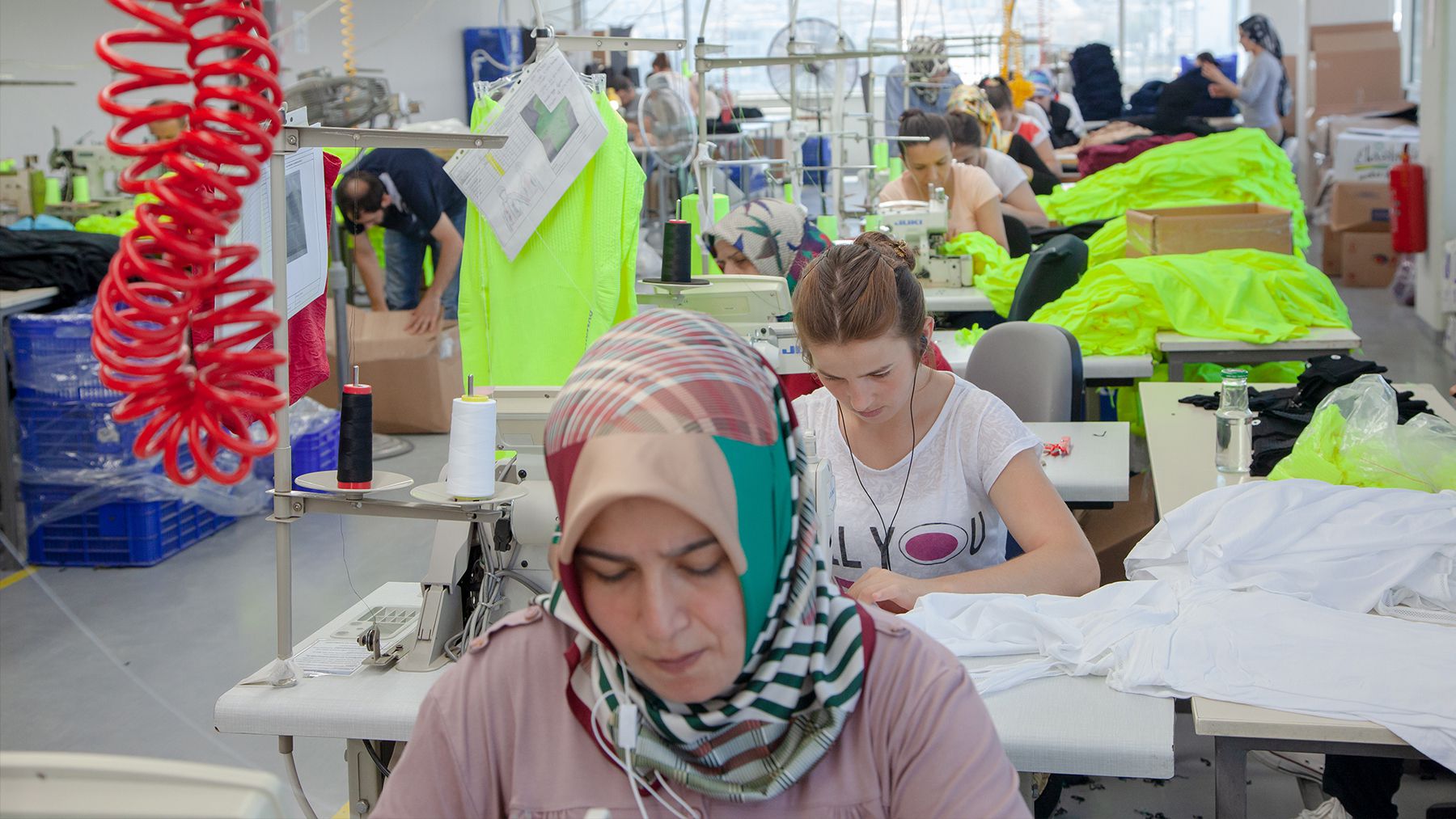
Garment factories in the cities of Malatya, Elazıg and Sanliurfa are running again and the impact on textile mills in Kahramanmaras and Adiyaman is now ‘minor’, according to the Turkish Clothing Manufacturers Association.
Infrastructure in industrial zones was generally less impacted by this month’s earthquakes than in residential areas and most plants are in relatively good condition, according to a statement released this week from Cem Altan, president of the International Apparel Federation (IAF) and vice-chair of the Turkish Clothing Manufacturers Association (TGSD).
On February 6, two major earthquakes shook southeast Turkey and northern Syria, resulting in more than 47,000 deaths across both countries, according to Turkish Interior Minister Suleyman Soylu.
“We are working with our members and stakeholders to identify and fulfil actual needs in the region,” Altan said. ”Short-term production cuts are inevitable, however, all stakeholders are working together to restart plants for social reasons as well as economical reasons.”
Altan added the Turkey’s textile and garment industries will use extra capacity built in 2021 and 2022 in the short term. For example, the country boosted yarn and fabric production capacity by 25 percent last year thanks to new investments. Consequently, capacity lost in areas affected by the earthquakes is being replaced by capacity in other cities outside the affected zone, such as Bursa, Istanbul, Tekirdag, and Denizli.
The Turkish government has started to supply water, electricity and natural gas to some affected cities and airports have resumed operations. Temporary communities made of containers are being built around industrial zones to deter labour migration.
The epicentre of the first earthquake was near Gaziantep, a Turkish city of more than two million people in the country’s Southeastern Anatolia Region. Though the Turkish fashion industry is mostly clustered elsewhere, including Istanbul and Ankara where major companies are based and garment and textile manufacturers located in Bursa, Izmir and Denizli provinces, Gaziantep and other affected provinces in neighbouring regions are also significant for the sector.
According to a report by consulting firm Ikada, the origin of most Turkish textile exports in 2017 was Istanbul province but badly hit Gaziantep and Kahramanmaras provinces are secondary hubs for the industry while the nearby provinces of Adana and Kayseri also have a significant manufacturing footprint.
As part of their nearshoring efforts, global brands have shifted more of their sourcing and production to countries like Turkey in recent years. H&M Group and Zara owner Index were among the many fashion brands to contribute to the humanitarian crisis in the country earlier this month.
Turkey’s textile industry exported $16.2 billion in 2021 and was the fifth largest supplier in the world, while the apparel industry exported $18.3 billion and was the fourth largest in the world, according to a report by Fibre2Fashion.
Learn more:
Turkey’s Economic Crisis Batters Retailers, Boosts Apparel Exports
The country’s currency the lira lost almost half its value against the dollar in 2021 amid rising inflation unorthodox economic policies that analysts say are the cause the growing economic crisis, which has impacted both the fashion retail and manufacturing sectors.



